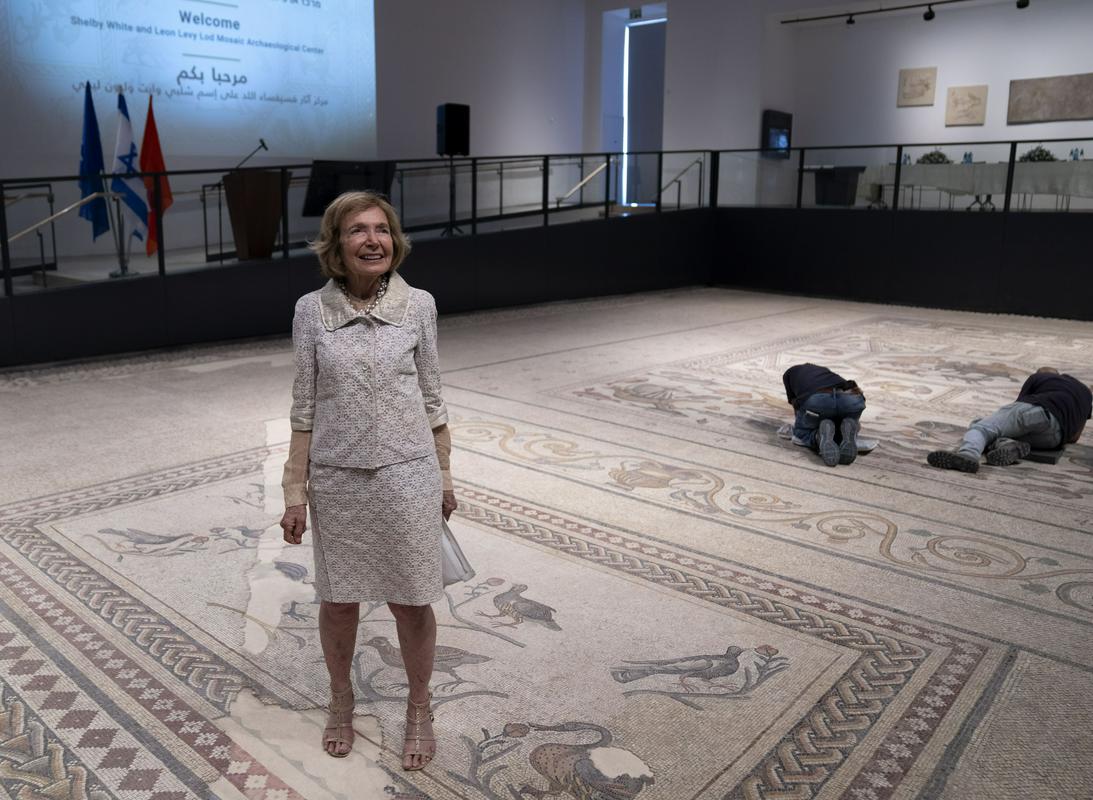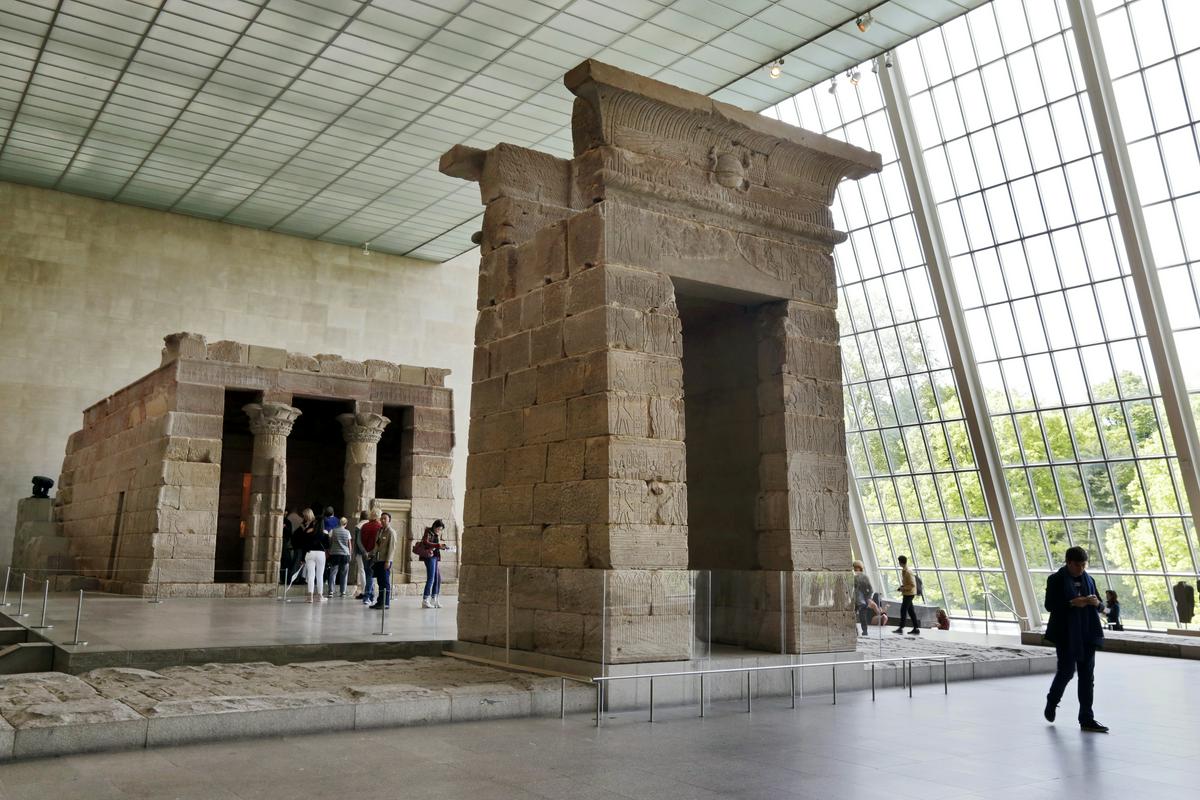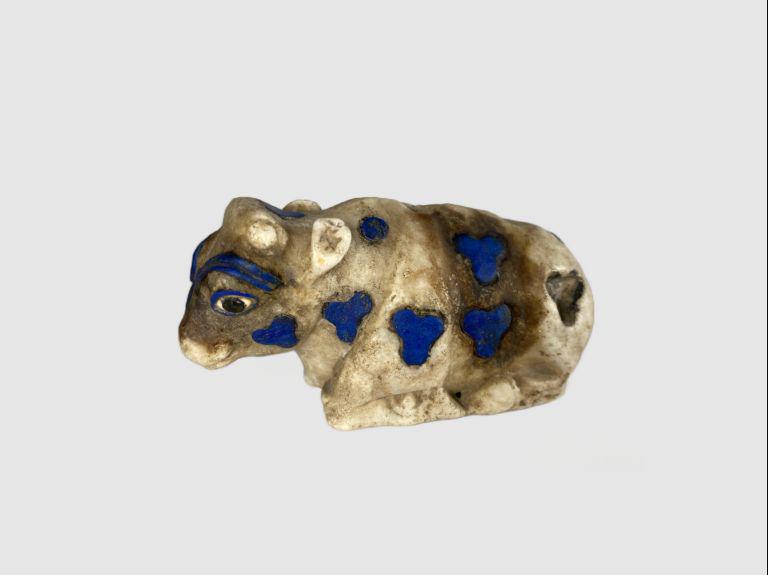
Shelby White is a prominent New York art collector and patron of the Metropolitan Museum of Art. But recent reports have revealed that White is also the person who had 71 looted artifacts seized from her home by authorities over the past two years.

The Metropolitan Museum couldn’t hide its connection to Shelby White even if it wanted to: her name — along with that of her late husband — is emblazoned above the wing of ancient Greek and Roman art in the building on Fifth Avenue. (They contributed 20 million dollars to the renovation.) The 84-year-old was also a member of the committee that advised the museum management on the purchase of works of art.
A report published by the New York Times now reveals that authorities have identified and removed as many as 71 looted artifacts from her home over the past two years. District Attorney Alvin Bragg has authorized the return of 29 antiquities from the Shelby White collection to Greece, 12 to Turkey, 4 to Iraq, two to China, and one traveled to Yemen since February of this year alone. One of the items brought back to China was a funerary artifact, still stored in a wooden box and dirty from the dried soil from which it was dug.
At the conclusion of the investigation, which began with the June 2021 raid of Shelby White’s Upper East Side home, Bragg confirmed that prosecutors had seized a total of 89 antiques worth a total of $69 million; they originated in ten different countries of the world. Prosecutors do not argue that White and her husband knew they were buying stolen art. In March, the prosecution thanked the widow for “her help and cooperation in the investigation”.

Everything was bought “in good faith”Experts have described the couple’s collecting activities as “naive” or “indifferent”. Peter Chavkin, who represents Shelby White as a lawyer, emphasized in a statement to the British Guardian that “purchased items in good faith at public auctions and from dealers they believed to be credible”. From from the very beginning they, like Chavkin, are their own “intended to share the treasures with the public” – they lent individual artifacts to museums and regularly published articles about their collection. When questions began to arise regarding the provenance of the objects, he “Ms. White has always fully cooperated with the authorities. If it turned out that an object from her collection had been illegally stolen from its owner by strangers, she immediately and voluntarily returned the object to its place of origin”.
“New York will not be a collection point for stolen artifacts”“We will not allow New York to be a safe haven for stolen cultural artifacts,” prosecutor Bragg pointed out in a press release.
The department for cracking down on the trade in stolen art, which works under the auspices of the prosecutor’s office, has arranged for the repatriation of 950 antiquities to 17 countries since the beginning of last year. Retired Marine Matthew Bogdanoswho heads the department, can confirm that art dealers, private collectors and museums sometimes hesitated and dodged for years when someone raised questions about the questionable provenance of their collections. “They said something along the lines of: It’s somewhat suspicious, but who cares. No one is looking for that.’ But now we’re looking for these items, and these collectors are finding that it’s not worth it for them to do that.”
In six years, Bogdanos’ team led to convictions of twelve individuals for reselling art. “Something like this used to be unheard of. The people named after museum wings aren’t used to being handcuffed. It had quite an effect.”
The current incident, of course, casts a bad light on the Metropolitan Museum, which has been a bit more receptive to repatriation issues since 2008. In May, the museum established a group of researchers who will investigate the provenance of individual objects. “It is the Met’s responsibility to undertake a more intensive and self-initiated analysis of some parts of our collection and to increase the amount of resources dedicated to this important work,” the director stated at the time Max Hollein.

Even for Picasso, provenance is difficult to determine, let alone antiques…Of course, tracing the origins of antiques is a laborious task that does not always bear fruit. “It is difficult to determine the exact provenance of a Picasso or Matisse canvas,” comments the expert Charles Stuckey, curator of several important institutions. “When it comes to archaeological treasures, we have much less information.”
Stuckey believes that efforts to return stolen art have gained momentum because there have been so many successful cases of Nazi-confiscated art being returned around the world in the 20th century. There is also a growing desire to return to Africa most of its art, which is scattered around the world’s museums – even the most high-profile examples are the Benin statues, whose return is demanded by Nigeria.
The inflation of the value of these objects must also be taken into account. “What used to be a five-thousand-dollar item is now worth several million dollars, so it’s worth the time of both the lawyers and the police,” Stuckey commented to the Guardian. At the same time, he pointed out that large museums, as a rule, spend an incredible amount of money to properly store huge treasures of works, which mostly never come up for public display. If you would prefer to return the artifacts, you might arrange with the real owners of the works to borrow the items when you want to display them. “It’s understandable that museums are choosing to take a dignified approach and not get into a losing battle. Bottom line, this is the best way to stay in the game.”
Source: Rtvslo